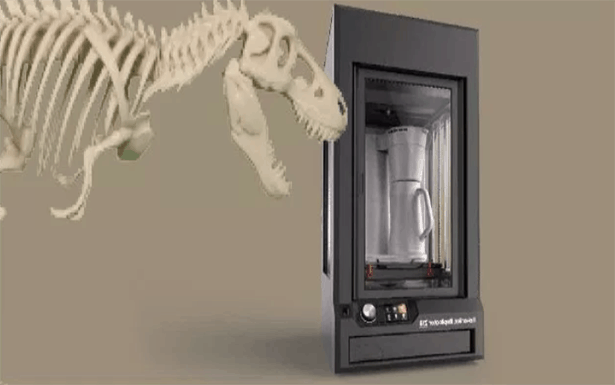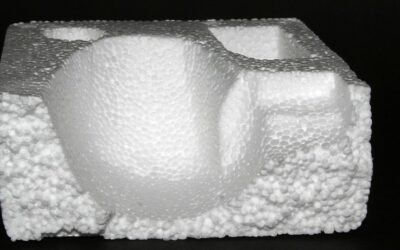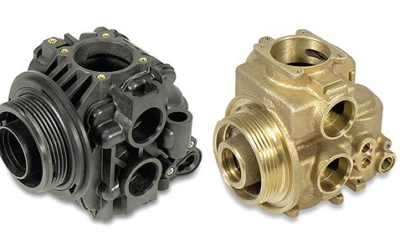The future that came 40 years ago
Problem solving is the greatest purpose of technology. It is not only necessary to transform the current environment, but the foundations of the future; that makes science an essential tool for human beings.
The industrial process that includes additive manufacturing is a palpable example of how technological advances strengthen the development of a nation. Applications in the automotive, container and packaging, food, hygiene and health sectors… are proof of its scope.
According to Juana Cynthia Rojas, president of the Information Technology and Knowledge Industry Sector in Canacintra (National Chamber of the Transformation Industry), 3D printing goes beyond the instantaneous production of curiosities.
The future is here
During the conversation: “The Effects of Additive Manufacturing in Latin America”, Felipe Rosales, MakerBot‘s general director for Latin America, assured that to date, in LATAM or anywhere else in the world, there is not a single industry where printing 3D has no chance of application.
“Mexicans are innovative. We know how to solve a problem. If it doesn’t work, we can fix it with Masking tape, Kola Loka…, or we can adjust it with a strap. MakerBot Method is a printer that brings us closer to industries due to its manufacturing capacity and low cost. We democratize access to this technology ”.
Attention to emergencies
As Carlos Monroy, CEO of Granta, the first Mexican engineering, innovation and design company to develop custom skull implants, emphasizes, additive manufacturing made its appearance in 1981. This innovation, in other words, is close to its 40th anniversary.
“If you think that the application of rapid prototyping technology is the future, then we are 40 years behind. The central issue here is to identify what can it do for me? How can I use it for my industry? “
In this context, he explained that the face, face or skull of a person, in addition to fulfilling their biological functions, have a high aesthetic value. A clear example is the case of Adriana:
“She worked as a manager of a major hotel in Mexico City. Generally speaking, she was a healthy woman, until she developed an aneurysm and lost half her skull. Adriana was twice evicted. However, it recovered thanks to additive manufacturing ”.
A hydrophobic material
The low self-esteem and the consequences left by acrylic implants or titanium mesh can be solved with additive manufacturing and Peek plastic (Polyetheretherketone), a polymer that is stable at temperature and time, which is also used for implants in the spine. .
The Health Sector does not cover 3D printed skull implant operations. The fact is classified as an aesthetic issue, and by resorting to additive manufacturing, patients have to absorb the expenses. But both in Mexico and in the United States, private insurers address these risks.




